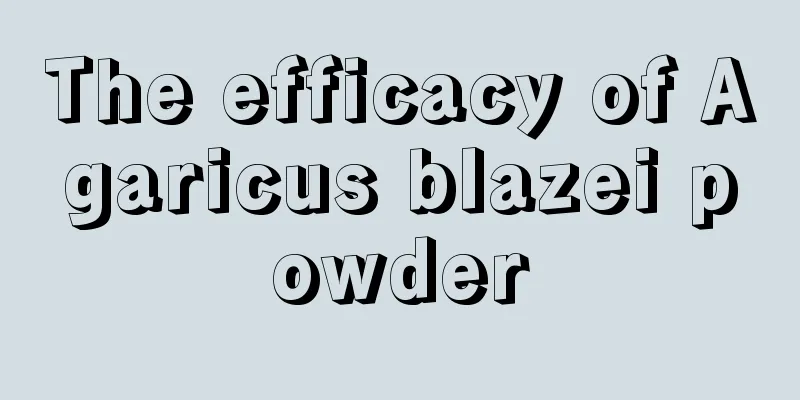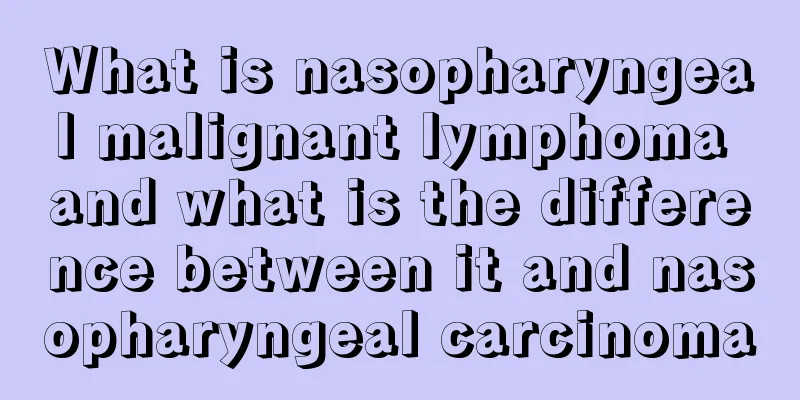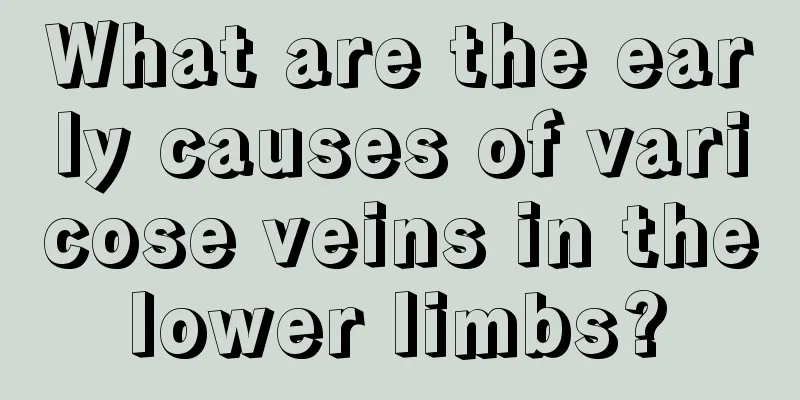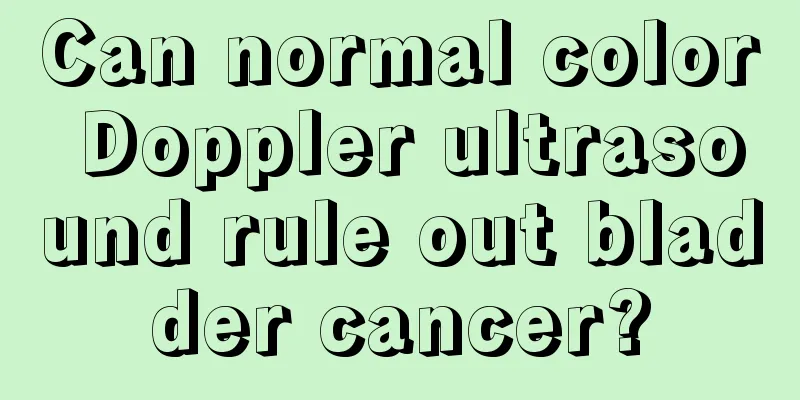How to treat lumbar disc herniation

|
If lumbar disc herniation occurs, you must take appropriate treatment methods and not let your condition continue to worsen. You can use corticosteroids to improve the condition. This type of drug will not cause much harm to the patient's body, but it cannot be used for a long time. If the patient's condition is more serious, he must take appropriate surgical treatment. (5) Corticosteroids Epidural injection of corticosteroids is a long-acting anti-inflammatory agent that can reduce inflammation and adhesions around nerve roots. Generally, long-acting corticosteroid preparations + 2% lidocaine are used for epidural injection once a week, 3 times as a course of treatment, and another course of treatment can be used after 2 to 4 weeks. (6) Chemical nucleus pulposus dissolution uses collagenase or papain, which is injected into the intervertebral disc or between the dura mater and the protruding nucleus pulposus to selectively dissolve the nucleus pulposus and annulus fibrosus without damaging the nerve roots, thereby reducing the pressure in the intervertebral disc or reducing the size of the protruding nucleus pulposus, thereby alleviating symptoms. However, this method carries the risk of allergic reactions. 2. Percutaneous nucleotomy/laser vaporization of the nucleus pulposus Through the use of special instruments, the intervertebral space is entered under X-ray monitoring, and part of the nucleus pulposus is crushed, sucked out or vaporized by laser, thereby reducing the pressure within the intervertebral disc and relieving symptoms. It is suitable for patients with bulging or mild herniation, but not suitable for patients with lateral recess stenosis or obvious herniation, or those whose nucleus pulposus has prolapsed into the spinal canal. 3. Surgery (1) Indications for surgery: ① Patients with a history of more than three months and ineffective conservative treatment or those with effective conservative treatment but frequent relapses and severe pain; ② Patients with first attack but severe pain, especially with obvious symptoms in the lower limbs, who have difficulty moving and sleeping and are in a forced posture; ③ Patients with combined compression of the cauda equina; ④ Patients with single nerve root paralysis, accompanied by muscle atrophy and decreased muscle strength; ⑤ Patients with combined spinal stenosis. (2) Surgical method: Through a posterior lumbar incision, partial resection of the lamina and articular processes, or intervertebral disc resection through the interlaminar space. For central disc herniation, laminectomy is performed followed by epidural or intradural discectomy. Patients with lumbar instability and lumbar spinal stenosis require spinal fusion surgery at the same time. In recent years, minimally invasive surgical techniques such as microdiscectomy, microendoscopic discectomy, and percutaneous transforaminal endoscopic discectomy have reduced surgical damage and achieved good results. |
<<: Folk treatment for lumbar disc herniation
>>: 30-year-old lumbar disc herniation and calcification
Recommend
How to correctly guide children's premature love
Especially after puberty, boys and girls will dev...
What are the head symptoms of brain cancer in children
Brain cancer, also known as intracranial tumors, ...
What is the method to quickly remove scale
Many friends like to drink hot water in their dai...
What is the reason why hamartoma is difficult to cure
After suffering from hamartoma, Western medicine ...
How to diagnose mandibular cancer
How to diagnose mandibular cancer? Bone cancer is...
Severe symptoms of pharyngitis, serious harm, please pay attention
If acute pharyngitis is not treated in time and b...
Is there something like rice in your throat?
If there are rice-like objects in the throat, it ...
What are the nutritional effects of bloodleaf vegetable
Bloodleaf is a common blood-enriching vegetable, ...
What are the benefits of squats for running?
There are many people who like running, and runni...
Do you know what the "nemesis" of each part of the body is?
The body needs overall care as well as local care...
How to care for lung cancer patients? Three things lung cancer patients must do
The occurrence of lung cancer is closely related ...
Is Parkinson's disease contagious?
Parkinson's disease is very common among the ...
Are fibroids dangerous?
Fibroid patients are still common in daily life, ...
What Chinese medicine to take during chemotherapy for lymphoma
For patients with malignant lymphoma, treatment i...
Teach you to know the kidney cancer triad
The "renal cancer triad" refers to hema...









